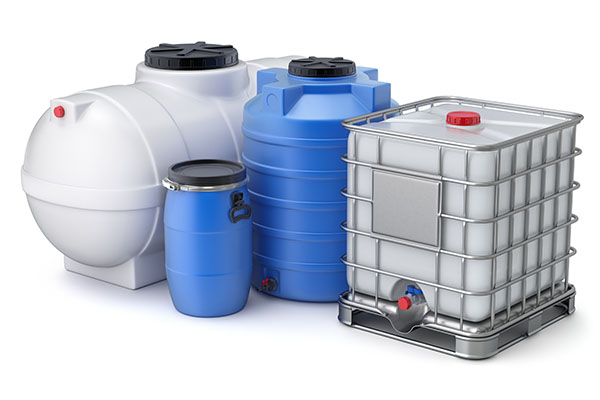
“This research builds on our previous work with radiative sky cooling but takes it to the next level,” explained Shanhui Fan, lead researcher and professor of electrical engineering. “It provides for the first time a high-fidelity technology demonstration of how you can use radiative sky cooling to passively cool a fluid and, in doing so, connect it with cooling systems to save electricity.”
Radiative cooling is a thermodynamic process wherein a body or object emits heat after being warmed up by the sun. Though a natural process, this phenomenon is more noticeable on cloudless nights when the air isn't too hot because the radiated heat can rise into space without hindrance.
Keeping this in mind, Fan and his team designed panels with super-thin metal oxide layers capable of absorbing and emitting heat at a wavelength that can bypass the atmosphere and enter space. These panels can work even on hot days, thanks to their ability to bounce back all of the sunlight that hits them.
From here, the researchers put the panels to the test in small-scale experiment in 2014. By September 2015, the team took their optical panels to the next level by situating them on the rooftop of the university's Packard Electrical Engineering Building. The panels were laid across copper pipes that pumped water. Over the course of three days, their prototype cooling system lowered the water temperature to three to five degrees Celsius (37.4 to 41 degrees Fahrenheit) below ambient air temperature.
Following this, Fan and his team collected the data from the experiment then applied it to a simulation that consisted of a two-story commercial building located in Las Vegas, chosen for its hot and dry climate. They found that their system could cut down the power needed to keep the structure cool by as much as 21 percent during the summer months, saving 14.3 megawatt-hours of electricity. Moreover, the daily electricity savings oscillated from about 18 to 50 percent.
“Cooling systems consume 15 percent of electricity generated globally and account for 10 percent of global greenhouse gas emissions,” the researchers wrote in their paper, which has been published in Nature Energy. “With demand for cooling expected to grow tenfold by 2050, improving the efficiency of cooling systems is a critical part of the twenty-first-century energy challenge.”
To that end, Fan and his co-authors, Aaswath Raman, and Eli Goldstein, founded SkyCool Systems to promote their technology. In addition to being a clean and renewable cooling system, the researchers noted that their technology could easily be added on to new or existing air-conditioning and refrigeration systems to improve upon their efficiency. Most notably, they expressed excitement at the idea of integrating the panels to the cooling set-ups found in data centers.
Fan, along with Raman, have taken the concept of radiative cooling and adapted it into other applications. The two researchers collaborated with professor of materials science and engineering Yi Cui to develop a cooling fabric that could boost the productivity of solar cells. (Related: Solar cell breakthrough could DOUBLE energy capture efficiency to over 40%.)
“It's very intriguing to think about the universe as such an immense resource for cooling and all the many interesting, creative ideas that one could come up with to take advantage of this,” Fan stated.
With the world slowly but steadily heading towards collapse, Fan and his team's technology becomes more important than ever. Managing your resources is a must for every prepper, especially if they're in limited supply. So consider this one form of technology you must definitely invest in when it hits the market. It could very well save your life.
Visit Progress.news to remain updated on future scientific breakthroughs.
Sources include:
Please contact us for more information.























